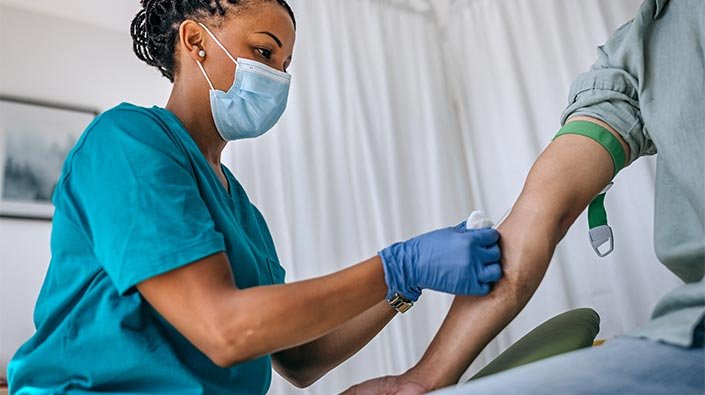Methods Hospital Staff Training on Home Care Assistance in the United States: Importance and Strategies
Summary
- Hospitals in the United States are utilizing various methods to ensure staff are properly trained on the use of supplies and equipment for home care assistance.
- Training programs, workshops, online courses, and hands-on demonstrations are some of the common methods employed by hospitals to educate staff.
- Continuous education and training play a crucial role in ensuring the safety and effectiveness of home care assistance provided by hospital staff.
Introduction
In the United States, hospitals play a vital role in providing home care assistance to patients. To ensure the safety and effectiveness of this assistance, it is essential that hospital staff are properly trained on the use of supplies and equipment. In this article, we will explore the methods that hospitals in the United States are using to train and educate their staff on the proper use of supplies and equipment for home care assistance.
Training Programs
One of the most common methods used by hospitals in the United States to educate staff on the proper use of supplies and equipment for home care assistance is through training programs. These programs are designed to provide staff with the knowledge and skills they need to effectively utilize different types of supplies and equipment.
Types of Training Programs
Training programs can vary in length and format, depending on the specific needs of the hospital and its staff. Some hospitals offer short workshops or seminars, while others provide more comprehensive training courses that may last several days or weeks.
- Workshops
- Seminars
- Training Courses
Workshops
Workshops are interactive sessions that allow staff to learn about the proper use of supplies and equipment through hands-on demonstrations and activities. These sessions are often led by experienced clinicians or trainers who can provide real-time feedback and guidance to participants.
Online Courses
Another method that hospitals in the United States are using to educate staff on the proper use of supplies and equipment is through online courses. These courses allow staff to learn at their own pace and convenience, without the need to attend in-person training sessions.
Benefits of Online Courses
Online courses offer several benefits, including flexibility, cost-effectiveness, and accessibility. Staff can access the courses from any location with an internet connection, making it easier for them to fit training into their busy schedules.
Hands-On Demonstrations
Hands-on demonstrations are another effective method used by hospitals to train staff on the proper use of supplies and equipment for home care assistance. During these demonstrations, staff are guided through the process of using different types of equipment and supplies, allowing them to practice and receive feedback in real-time.
Continuing Education
Continuous education plays a crucial role in ensuring that hospital staff are up-to-date on the latest best practices and guidelines for home care assistance. Hospitals in the United States often provide opportunities for staff to participate in Continuing Education courses and programs to enhance their knowledge and skills.
Importance of Continuing Education
Continuing Education helps staff stay current with advances in technology and treatment options, which can improve the quality of care they provide to patients. It also ensures that staff are aware of any changes in Regulations or guidelines that may impact the use of supplies and equipment for home care assistance.
Conclusion
Training and educating hospital staff on the proper use of supplies and equipment for home care assistance is essential for ensuring the safety and well-being of patients. Hospitals in the United States are employing various methods, such as training programs, workshops, online courses, and hands-on demonstrations, to provide staff with the knowledge and skills they need to deliver effective home care assistance. Continuous education and training play a critical role in helping staff stay up-to-date on best practices and guidelines, ultimately benefiting both patients and Healthcare Providers.

Disclaimer: The content provided on this blog is for informational purposes only, reflecting the personal opinions and insights of the author(s) on the topics. The information provided should not be used for diagnosing or treating a health problem or disease, and those seeking personal medical advice should consult with a licensed physician. Always seek the advice of your doctor or other qualified health provider regarding a medical condition. Never disregard professional medical advice or delay in seeking it because of something you have read on this website. If you think you may have a medical emergency, call 911 or go to the nearest emergency room immediately. No physician-patient relationship is created by this web site or its use. No contributors to this web site make any representations, express or implied, with respect to the information provided herein or to its use. While we strive to share accurate and up-to-date information, we cannot guarantee the completeness, reliability, or accuracy of the content. The blog may also include links to external websites and resources for the convenience of our readers. Please note that linking to other sites does not imply endorsement of their content, practices, or services by us. Readers should use their discretion and judgment while exploring any external links and resources mentioned on this blog.
